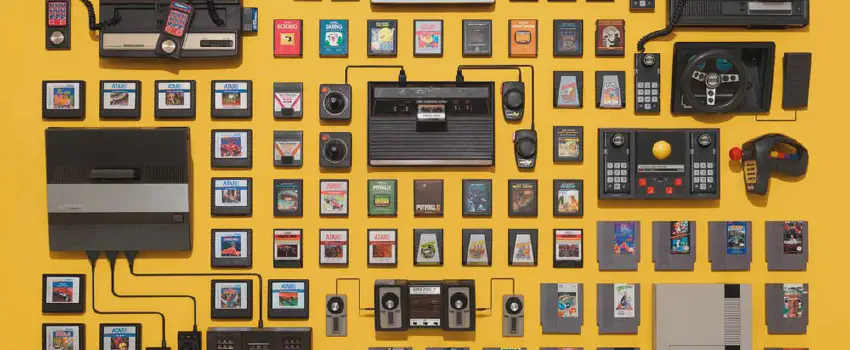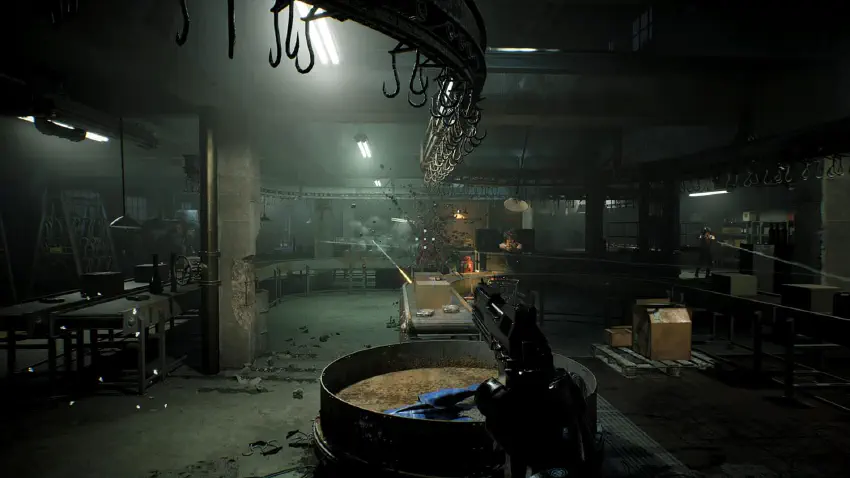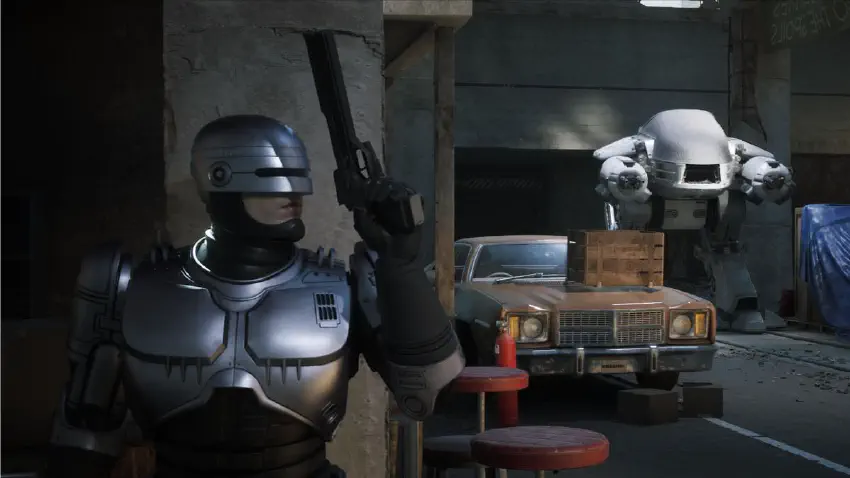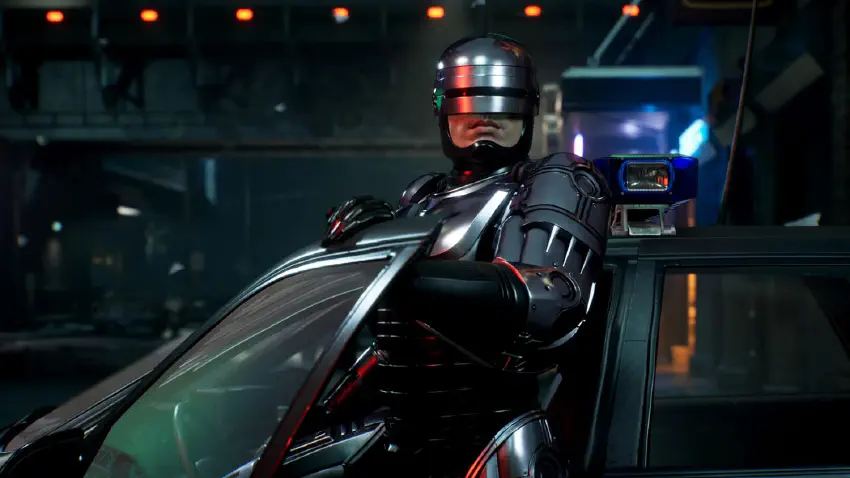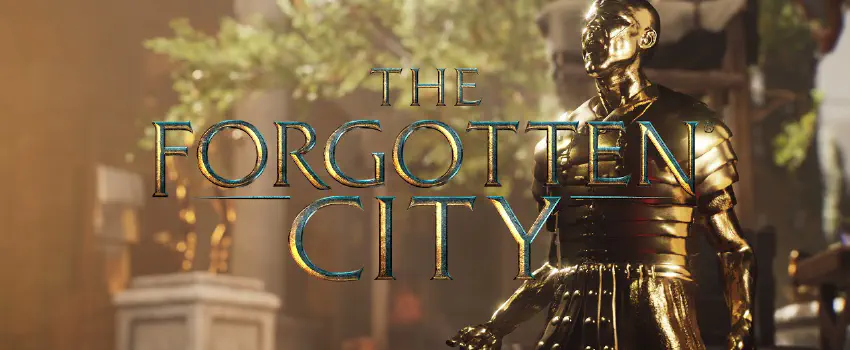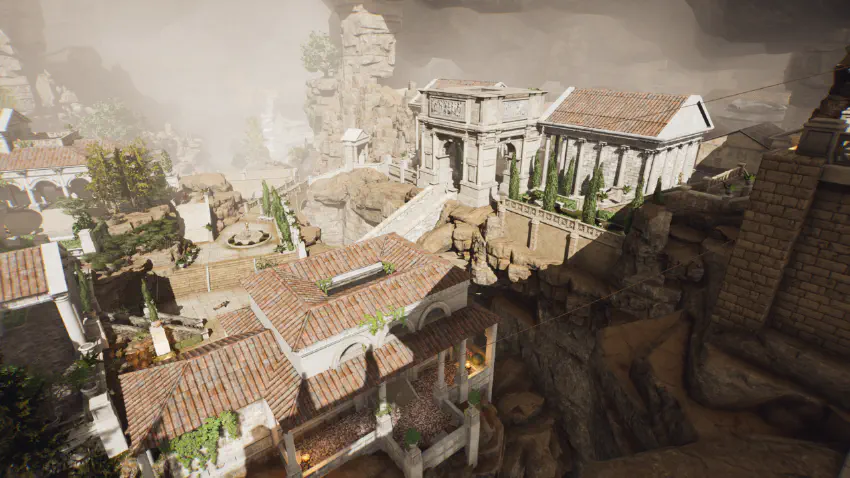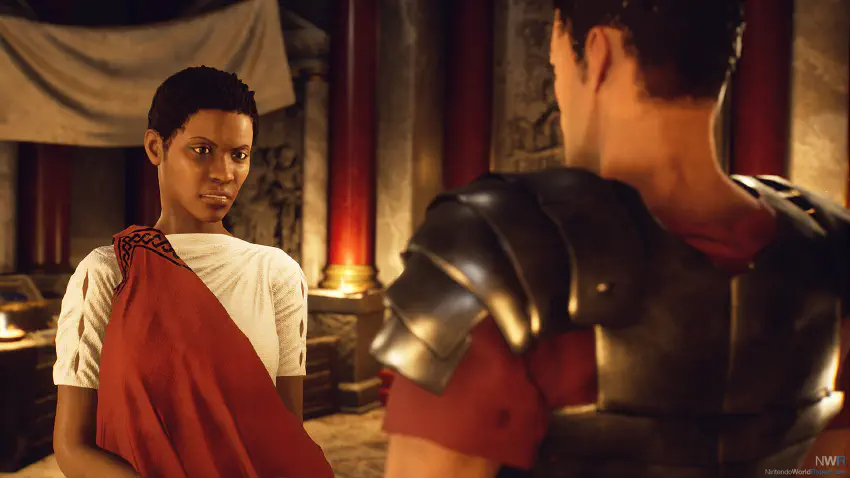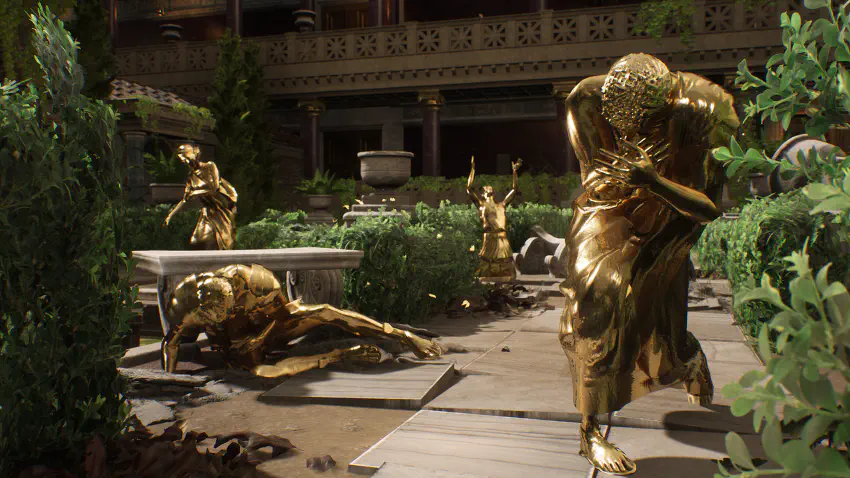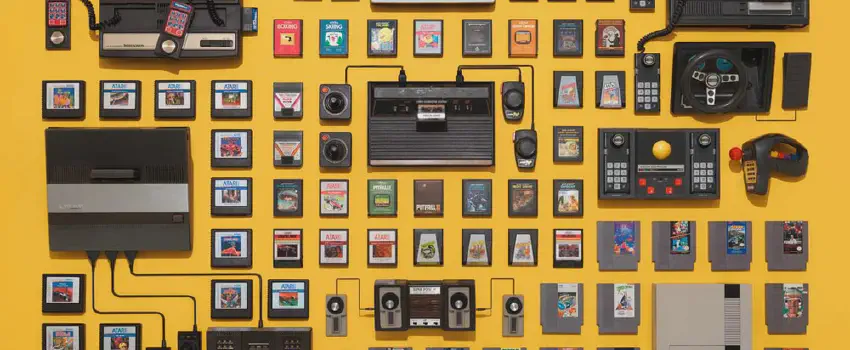Game List 2024
Every year, I try to compile a list of games, books, and movies I experienced. For the complete list, check the Ratings. Here we go (sorted by rating, then alphabetically)!
Finished
- Outer Wilds (): A masterstroke of exploration and existential wonder. Rewards curiosity. Now it’s time for the expansion.
- Deathloop (): One of the best games this year. The protagonists stand out, though some bosses feel over-the-top. Their personalities are quirky but take some getting used to. The game can be surprisingly easy.
- Beyond: Two Souls (): Starting this story-driven game with my wife. The acting is outstanding. The story holds up until the final chapters, where it falters a bit. A solid narrative experience.
- Carrion (): Channeling John Carpenter’s The Thing, it’s a blast to play as the monstrous entity.
- Dredge (): A dark, Lovecraftian fishing adventure where you sell catches and upgrade your boat while uncovering eerie secrets.
- Marvel Guardians of the Galaxy (): Hilarious character interactions carry the game, though the combat and exploration mechanics can feel disjointed and overly complex at times.
- RoboCop: Rogue City (): Nostalgia factor to the roof. While not groundbreaking, it’s a competent tribute.
- Storyteller (): A clever puzzle game that lets you weave tales, rewarding creativity with delightful twists.
- There Is No Game (): Completely out of the box, old style adventure game.
- Escape Academy (): Escape room as video game. All puzzles very doable. Played with my wife.
- Human Resource Machine (): I’ve played this programming game ages ago in the phone. But the touchscreen is not the ideal tool to write programs. The mouse/keyboard in the PC version allowed me to finish the last couple of levels that I’ve never did back them.
- Just Cause 4 (): I’ve tried this game before, but it was crashing on Linux. This time, worked flawless (from the tech perspective). The game play, like the Just Cause 3 (), is fun but repetitive, due to the size of the map. The story is useless.
- The Case of the Golden Idol (): An indie puzzle/detective game with unique mechanics reminiscent of Return of the Obra Dinn (). Now I need to finish the expansions.
- TOEM (): A cozy photo adventure wrapped in charm.
- Weird West (): A dark, immersive blend of action RPG and western, filled with strange and unsettling twists. It stands out for its atmosphere and storytelling, but the story itself takes time to settle down.
- Biomutant (): Oh, man. I really wanted to like it, but the map is too big, the story is starts nice but lose steam in chapter 2 and the narrator is annoying as hell. The game play is not that fun: the combat is too generic.
- Pikuniku (): A lighthearted game with a welcoming vibe, suitable for younger audiences.
- Turmoil (): A simple oil-drilling sim that starts strong but runs dry quickly. Played due to the oil theme (I’ve worked in an oil company for years)
Currently Playing
- Card Shark (): A clever, daring game of wit and deceit. Masterful storytelling paired with sleight-of-hand mechanics keeps you hooked.
- Ghost Trick (): A fresh take on puzzle-solving with a quirky Japanese humor.
- Inscryption (): Starts as a clever card game, but quickly spirals into a narrative masterpiece with layers of meta-storytelling. It’s a wild ride through different genres.
- Paradigm (): old style adventure game with an amazing, but not for everyone, humor.
- Paradise Killer (): CRAZY! Do not let the visuals fool you. Amazing. Loving this amazing true detective game where, as far as I know, you can draw any conclusion you want.
- Stray (): Beautifully crafted, like most Annapurna games. Playing as a cat is delightful, despite being more of a dog person.
- The Dungeon of Naheulbeuk: The Amulet of Chaos (): Didn’t see it coming, a genuinely funny classic turn-based RPG with top-notch humor.
- Death's Door (): A charming yet challenging journey through a world of souls and secrets. Sharp combat and quiet melancholy blend perfectly.
- Desktop Dungeons (): I’ve played a demo web version of it ages ago, and I liked so much that I’ve even bought Dungeons of Dredmor by mistake. I’ve never remembered the name of the one I liked, but recently they created a remaster and gave the original for free. Very clever and hard.
- Need for Speed: Hot Pursuit Remaster (): High-speed thrills with a nostalgic edge, but the polish only goes so far.
- Overland (): A puzzle game with a post-apocalyptic theme.
- The Outer Worlds (): Playing a lot due to the fact I’m recently following its creator, Tim Cain, channel.
- Tunic (): In the very early stages. I do not like games that too vague stories. But this one seems to have a reason.
- Very Little Nightmares (): Atmospheric dread and fun scaled down.
Not finished yet (for one reason or another)
Many projects barely begun. Installed to test, but mostly in limbo—WIP or collecting dust. Unfinished tales of exploration and hesitation.
- Black Mesa (): The official/unofficial Half-Life 1 remake. Superb! Curious to see what the fuss was about HF1 after finishing Half-Life 2 () last year.
- Disco Elysium: The Final Cut (): Holy moly! Got it from my brother on my birthday, had only a couple of minutes to play, but it’s already shaping up to be a favorite.
- Gris (): Beautiful first level.
- Shadow Tactics: Blades of the Shogun (): Liked the thinking in this game. Definitely one I’ll try to complete sooner than later.
- Deus Ex: Mankind Divided (): liked the first title, Deus Ex: Human Revolution (), but this one is a far inferior game. The story is not nice and the gameplay is not fun so far.
- Dyson Sphere Program (): Got an old version to give it a try. It’s a lot of things at once.
- Slipways (): Strategy-heavy, almost like playing chess. Not quite my style.
- Industria (): Short Half-Life-esque with nice visuals.
Continuous playing
I play them eventually. Most of them, are strategy games. Nothing new from last year’s list, except:
- Crusader Kings 3 (): Time sucker, like many Paradox titles.
- while True: learn() (): Logic programming puzzles. Amazingly fun and challenging for a programmer. The special bonuses for optimized solutions request multiple plays for each scenario.
- Baba Is You (): Played some levels, up to the second or third “world.” SUPER clever.
- Horizon Chase Turbo (): A love letter to classic arcade racers. Pure, nostalgic fun, though it occasionally lacks depth.
Next games on my radar
Finally, here is a list of games that I already have in my collection that I plan to play in the next months. It’s a bit ridiculous to talk about the next game, considering the amount of unfinished ones, but the catalog is so vast that I can afford to play ahead.
- Doki Doki Literature Club: Out of the ordinary for your taste, but the reviews piqued your interest.
- Ghost of a Tale: Followed the development process for quite some time because it was made using Unity. Looks charming and intriguing.
- Heavy Rain: Anticipating another story-driven experience to enjoy with your wife.
- Hitman: Hoping to take a more relaxed approach this time after a perfectionist run of Contracts.
- Prey Mooncrash: I’m a fan of time travel/time loop ideas. I bought it, but days later I got Deathloop () (following game from the same company) for free.
- We Are There Together: Bought to play with my wife, but not included in Play Together on Steam. Considering convincing another soul to play with me
- XCOM 2: Time to dive into this much-praised strategy game.











